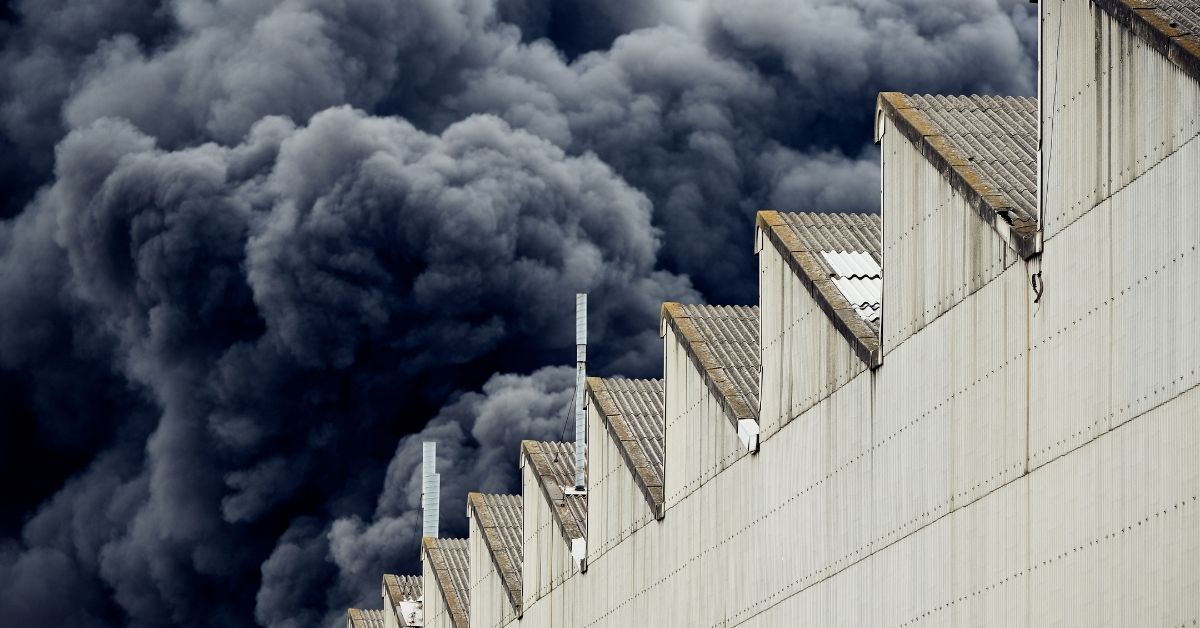As we head towards the holidays, food is on everyone’s mind. Over the next few days our kitchens will turn into hives of activity as we brine, boil and bake our Thanksgiving creations. But have you ever stopped to think what this cooking frenzy is doing to your indoor air quality?
A team of scientists known as HOMECHEM have been investigating exactly that. In fact, they have been busy cooking Thanksgiving dinners all year round. They carry out their work in what looks like, from the outside at least, a regular ranch house on the University of Texas Campus. However, this house is anything but regular. Equipped with over 4.5 million dollars’ worth of equipment, it measures indoor air quality in unprecedented detail.
Their latest task has been to recreate a Thanksgiving meal, measuring air quality every step of the way. Their meals have been recreated exactly as they will be in millions of homes across the country this week.
The team found that with the burners running at full heat and the oven on for a solid five hours, pollution rose to dangerously high levels. If the inside of the house had been a city, safety warnings would’ve been issued. At one point, pollution levels exceeded that of one of the most polluted cities in the world, New Delhi. Even the healthiest of individuals would be at risk when concentrations are that high.
And it seems what and how we cook can also affect air quality. Meat products and food cooked at higher temperatures create higher emissions. Gas, rather than electric will also increase emissions. A fact we are well aware of here at Austin Air. In 2016 we joined forces with Johns Hopkins University, working to reduce levels of Nitrogen Dioxide (NO2) in homes with gas stoves. NO2 is a gas that causes coughing, wheezing and chest tightness. The results of the Johns Hopkins trial established that running an Austin Air Purifier in the kitchen was more effective than using an extraction hood. Overall air quality was improved and NO2 levels were drastically reduced.
Fifty years ago, the emphasis was firmly fixed on car emissions and fossil fuels. But this latest study, together with others on indoor pollutants, show it’s time to shift our attention. We need to focus on the sources of pollution indoors, in particular the dangers lurking in our kitchens.
Are you concerned about air quality in your home? For more info on our products and how they can help to clean up the air in your home, visit our products page here.



